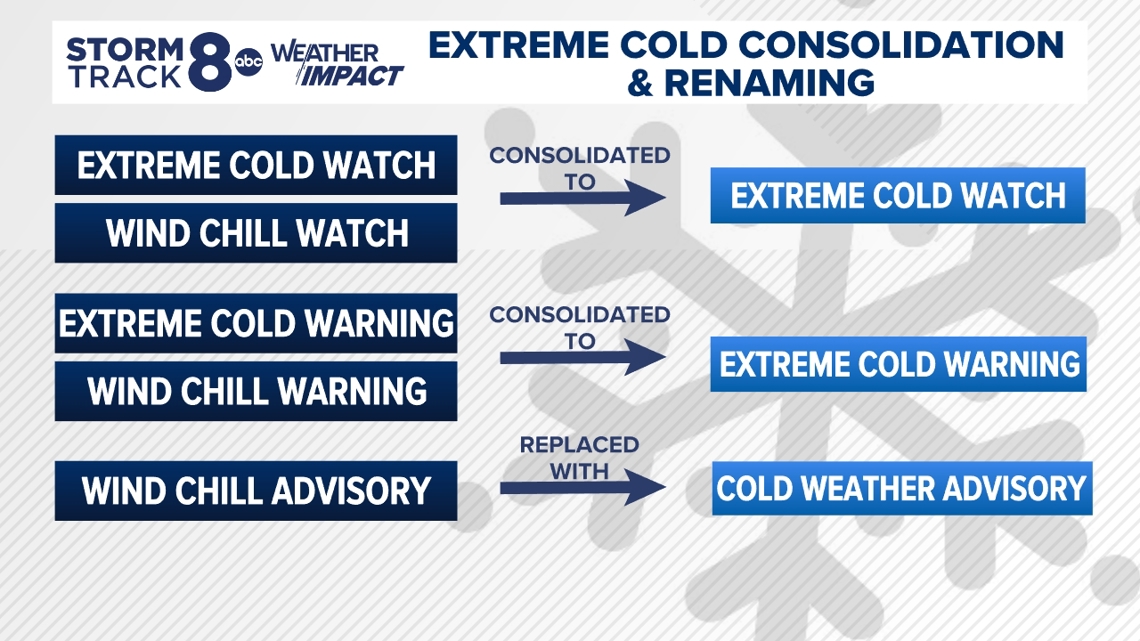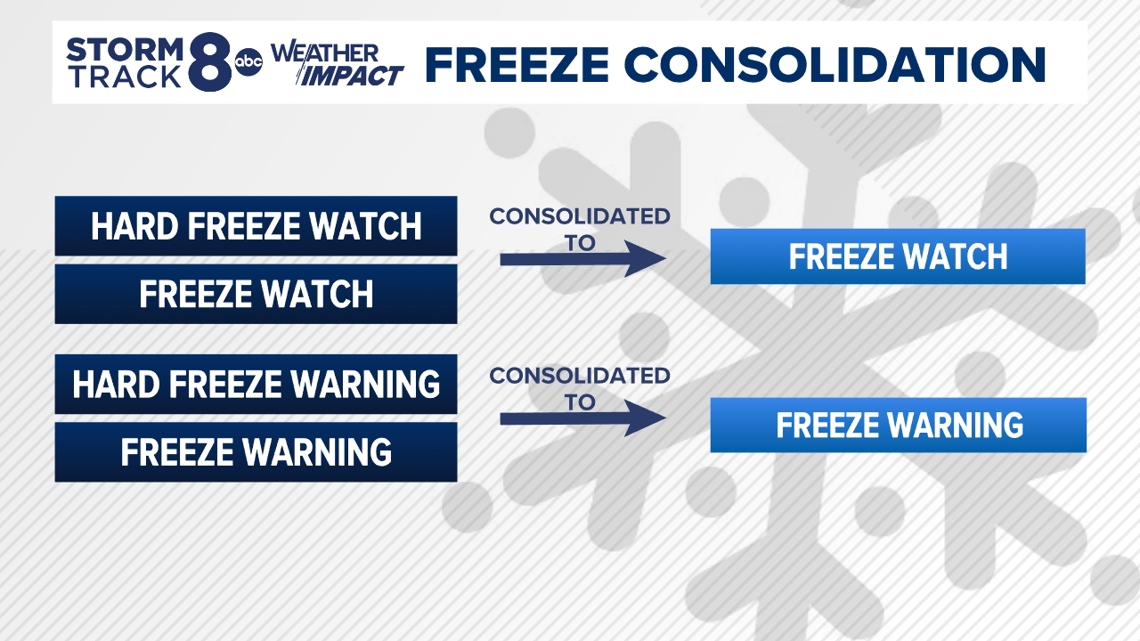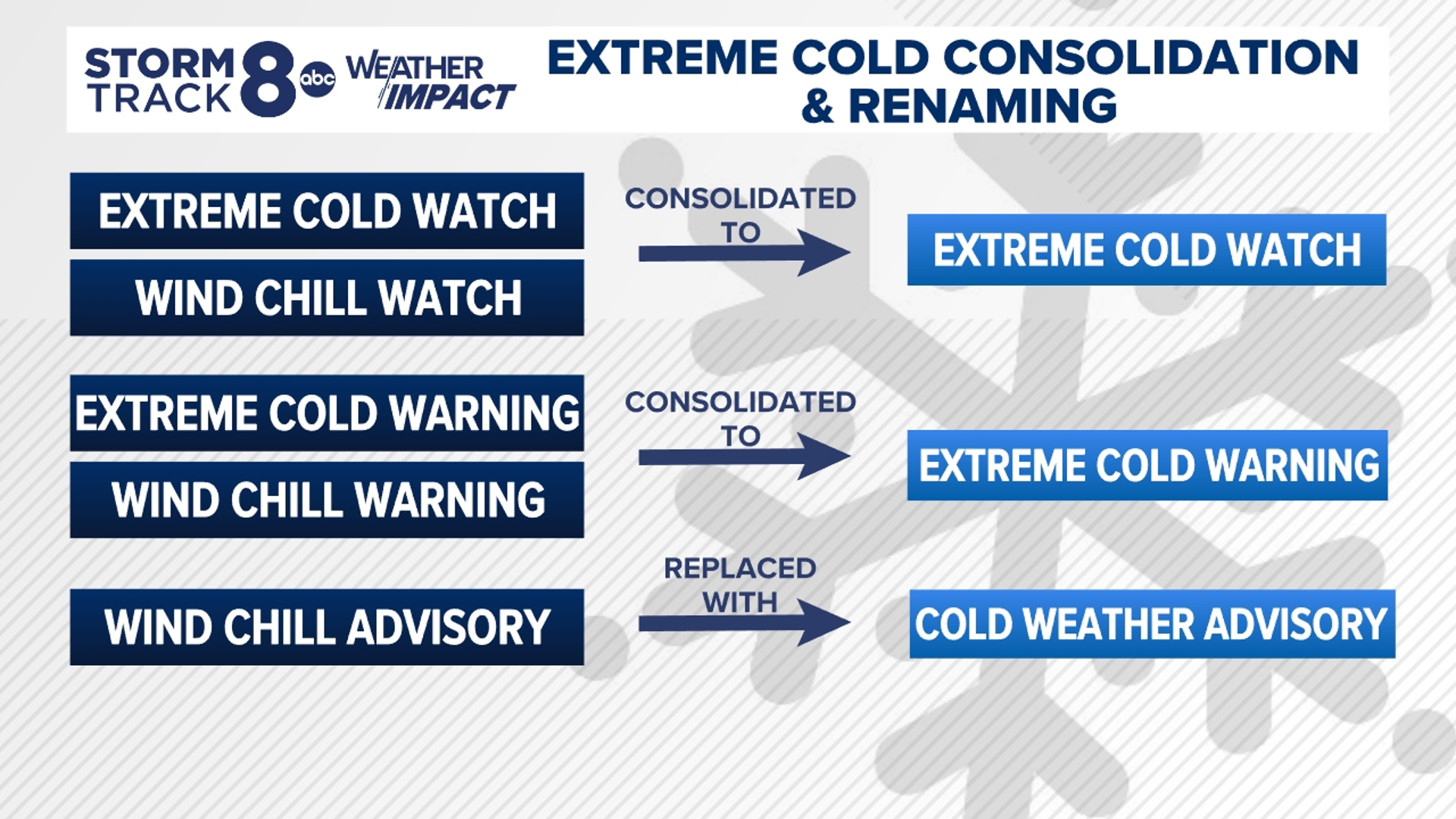MOLINE, Ill. —
NWS Hazards Simplification Project
The National Weather Service is currently undergoing a Hazards Simplification Project. There are dozens and dozens of different Watch, Warning, and Advisory products that the NWS uses across the United States. The Hazards Simplification Project's goal is to improve messaging of different hazards and simplifying products to create a better understanding to the general public.
Rich Kinney, the Warning Coordination Meteorologist at the National Weather Service Quad Cities, explains the project's goal to create better public awareness.
"The bottom line here, when we get to the end stage and the total result, is to really simplify things for the public. There is a lot of confusion between watches and warnings and and advisories and so forth, we're trying to consolidate the types of information and the products that we issue, and in some cases, focus more on the the plain language of what's going to happen, for example, three to five inches of snowfall expected this weekend in the Quad Cities," Kinney said.
Until the end of these changes, you can use this link here to get a better understanding of the meaning of all these different watches and warnings when put out by the National Weather Service or when our Storm Track 8 team mentions them.
Changes to cold weather advisories, watches and warnings
This winter you will recognize some changes to our cold weather headlines. The National Weather Service will be removing Wind Chill Advisories, Watches, and Warnings and combining it with the Extreme Cold Watch and Warning in efforts to better communicate the impacts of cold weather.
"Many folks are familiar with our wind chill watches, warnings and advisories. These are going to be replaced by an extreme cold watch or warning and a cold weather advisory," Rich explains. "We're just trying to emphasize to the public and our partners that cold is cold, no matter whether or not there is a wind chill involved. So we're focusing more on the apparent temperature or the feels like temperature."


Removing the words 'wind chill' from the headline is to put an emphasis on the fact that cold air is dangerous with or without wind. In fact even in calm air humans can still feel a wind chill by just walking outside.
Kinney gives an example of a Canadian High right over our hometowns, "The air temperature is 30 below zero, but the wind is completely calm. Well, that is still that would warrant an extreme cold warning, because the temperature is minus 30. There's no wind chill in there, but it's still extremely cold and and dangerous."
And while the temperature could be around zero, but a strong wind brings win chill to an apparent temperature of 30 below zero, the situation is just as dangerous, so the are bridging the gap between the two into one warning that will be easier to understand.
Based on area climate, some hometowns will need to meet certain criteria to meet these warnings. In the immediate Quad Cities or to hometowns to our North, 30 below for an extreme cold warning. Now for towns from Fort Madison, Monmouth, Galesburg or Aledo a temperature of 25 below warrants an extreme cold warning.
The NWS will also be combining the Hard Freeze Watch and Warning with the Freeze Watch and Warning. These headlines are only issued during late fall and early spring where vegetation is going to be impacted. Hard Freeze products are issued when temperatures are expected to drop to 28°F or lower for at least an hour. This message is really only used for agriculture reasons, as this temperature would kill off the rest of the vegetation and ends growing season.
"Now, if it's going to be a hard freeze, where you have temperatures of 28 degrees Fahrenheit or colder, for at least several hours, kind of a killing type of freeze. We will mention that, of course, in the freeze warning," Kinney says. The watch and warning will still fit into the simpler Freeze category.


Focus on the how the weather will impact you
Whenever we are issued a headline for the colder months the NWS will include messaging and key details as to what the impacts will be with each watch, warning, or advisory issued.
Kinney emphasizes the simplicity and common understanding on advisories, "focusing on what's going to happen in the impacts, rather than getting people confused with whether it's an advisory or not, and that type of thing that's why we're trying to to simplify things overall, enhance the public's understanding and and their response to this information, inevitably, hopefully keeping them safe."



